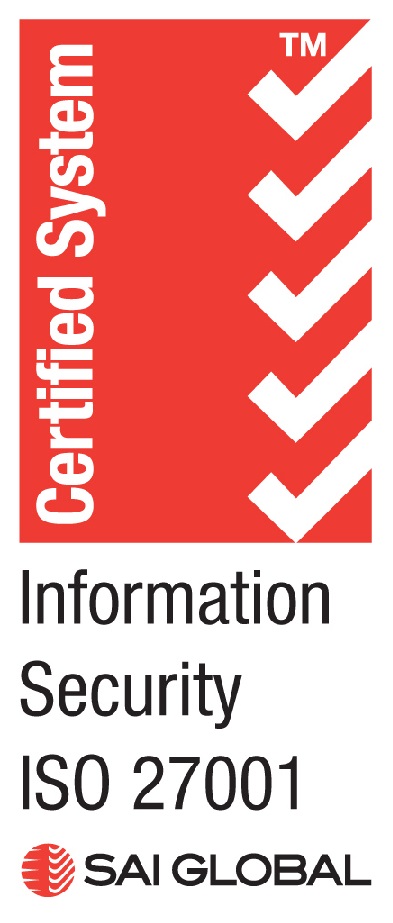What you need to know about business continuity and disaster recovery
IT disasters can take many forms. From hacking and data breaches to natural disasters, or even the loss of a key employee, the list of threats to your business workflow and information can seem endless. In an increasingly mobile workforce, the laundry list of threats is only continuing to grow. So, how do you prepare for the threat of an IT disaster? By developing pre-emptive solutions to preserve your business continuity in the wake of any emergency and recovering the information you’ve lost.
This might seem far too complex for any business to manage, but with the right approach and help from a knowledgeable IT partner, you can put together a dynamic and flexible plan that can withstand nearly any setback to keep your business on the path to future success. Here’s what you need to know about business continuity and disaster recovery.
What is business continuity?
Business continuity is the capacity for your business operations to continue uninterrupted in the event of a disaster. This must be achieved through a combination of procedures and processes to isolate a disaster when one occurs and work around that disaster through alternative channels to prevent your business from falling behind or suffering further damage. Ultimately, business continuity is its ability to respond to adversity.
What is disaster recovery?
While business continuity refers to your business’ ability to persevere through an IT emergency, disaster recovery refers to your plan to restore the information lost. Most disaster recovery plans are built around two metrics: Recovery Point Objective (RPO) and Recovery Time Objective (RTO). Respectively, these are the frequency with which business information is backed up (do you run a backup program once every month or every six hours?) and the estimated time that would be necessary to recover those files should they be compromised.
Business continuity & disaster recovery auditing
Auditing for business continuity & disaster recovery is a form of risk analysis that’s important for any business. These audits not only determine which specific risks your business is most likely to encounter, but also examine your existing continuity and recovery systems to forecast your continuity performance should disaster strike. After all, a poor continuity & recovery plan is itself a risk your business faces—one that could make a minor setback into a catastrophe. Your audit can determine which recovery strategies will best suit your needs, such as cloud backup and data replication.
Business continuity & disaster recovery planning
When you are planning your business continuity and disaster recovery strategies, keep the following ideas in mind:
- Anticipate as many potential threats as you can. Your strategy needs to be dynamic and flexible enough to protect you from a variety of threats.
- Ensure that your plan is consistent, accessible, and communicated to all necessary parties within the company. Most strategies need everybody on the same page.
- Revisit your strategies annually to ensure they are optimised for today’s technology and threats, while still meeting the needs of your business. Are there new solutions and technologies that could better serve your BC/DR needs? Has your business changed in any meaningful way? Your business is growing, so your strategies need to grow with you.
Protecting your data is always a priority
CodeBlue offers leading IT support and services Australia wide. With years of experience in IT support, service, data backup and recovery, we know the threats you’re most likely to encounter, as well as the ones you haven’t thought of yet. Our cost-effective and practical approach looks at your data security proactively to ensure your procedures are ready to go when they’re needed. Contact CodeBlue today to learn more.
Need more information?
Get in touch with us
